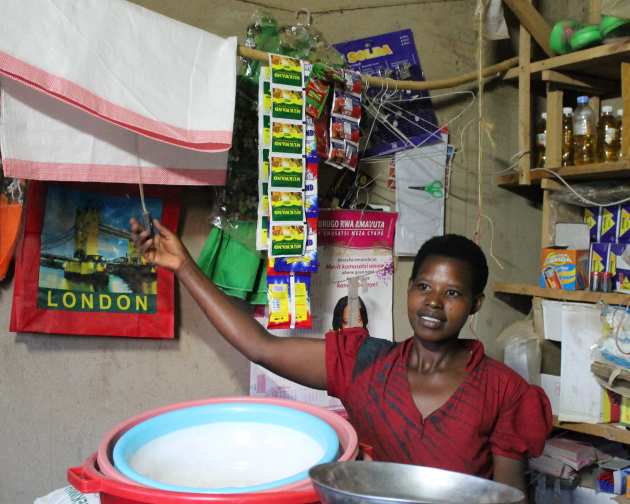Topics: Mitigation
Type: Briefing paper
Publication date: April 2017
Download
Summary
Authors: Philip Sandwell, Scot Wheeler, Professor Jenny Nelson
 These papers consider how technologies like minigrids can overcome local challenges to rural electrification in two developing countries, Rwanda and Nepal, and what further research will be required to maximise their potential.
These papers consider how technologies like minigrids can overcome local challenges to rural electrification in two developing countries, Rwanda and Nepal, and what further research will be required to maximise their potential.
Introduction
The United Nations Sustainable Energy For All (SE4ALL) initiative estimates that over 1.1 billion people around the world lack access to electricity and many more live without reliable, safe, or legal connections. The vast majority of these people live in rural and remote areas of developing countries in Sub-Saharan Africa and South Asia where the provision of basic electricity services is the most challenging. Technological solutions for providing energy access must be practical and affordable enough to supply power to the poorest communities in society. Solutions must also operate within regulatory frameworks to receive the support required to make an impact. Whilst governments, NGOs, businesses and communities across the world are working towards increasing the level of access and quality of electricity, many significant challenges remain. Many organisations, including SE4ALL, consider the transfer of state-of-the-art knowledge and technologies to countries with a less developed energy infrastructure to be an essential part to the expansion of sustainable energy.
Download: Supporting Rural Electrification in Developing Countries - Project Overview
This project has supported the transfer of technologies and solutions to rural electrification in two countries, Rwanda in Sub-Saharan Africa and Nepal in South Asia. It has done so by considering the ways in which minigrids can overcome local challenges, and what further research will be required to maximise their potential.
Download: Supporting Rural Electrification in Developing Countries - Nepal and Rwanda
Countries around the world face similar issues in using minigrids to achieve rural electrification but their strategies in meeting these challenges often vary significantly based on their available resources, unique geography, community customs, demographics and other factors. Here we present a country profile for Nepal and Rwanda.
Download: Supporting Rural Electrification - Utilising Hydropower in Nepal
Hydropower is by far the most common generation choice for minigrids for rural electrification in Nepal. This has proved successful in providing power to remote communities but is not without issues. In this case study we consider an example based on a minigrid in a village in the hilly Baglung District of Western Nepal.
Download: Supporting Rural Electrification - Solar minigrids in Rwanda
Current minigrids for rural electrification in Rwanda rely almost entirely on solar power as their main generation source. In this case study, we consider an example based on a minigrid installed in the Mayange sector of Bugesera district, East Province of Rwanda, south of the capital Kigali.
Download: Supporting Rural Electrification - CLOVER Modelling Minigrids
The Grantham Institute – Climate Change and the Environment has developed a minigrid simulation and optimisation tool called CLOVER. It has been used to quantitatively assess current minigrid electrification solutions and answer questions about the suitability of different technologies in meeting the needs of rural communities.
View publications by:
Topic
Climate Science
Earth and Life Sciences
Energy and Low-Carbon Futures
Resources and Pollution
Economics and Finance
Health
View all publications and browse by year
Publication type
Briefing papers and Briefing notes
Grantham Institute Outlooks
Evidence & submission papers
Infographics
Institute reports and analytics notes
Grantham notes
Collaborative publications
Discussion papers
Institute event overviews
Working papers